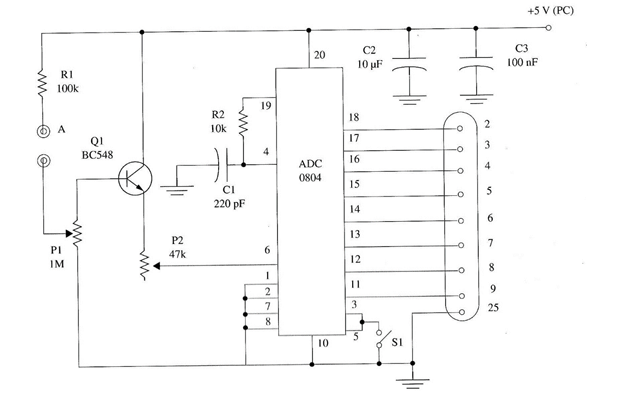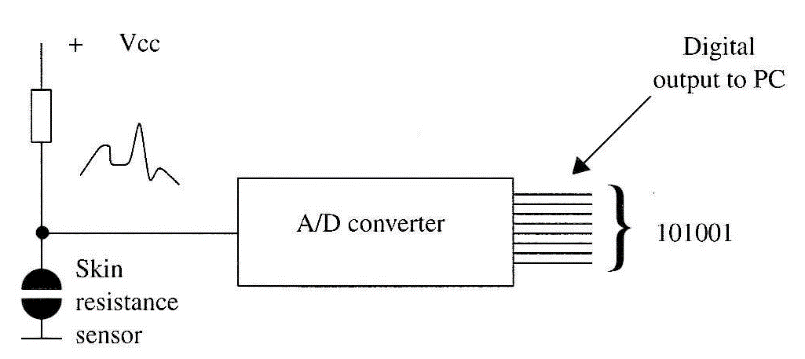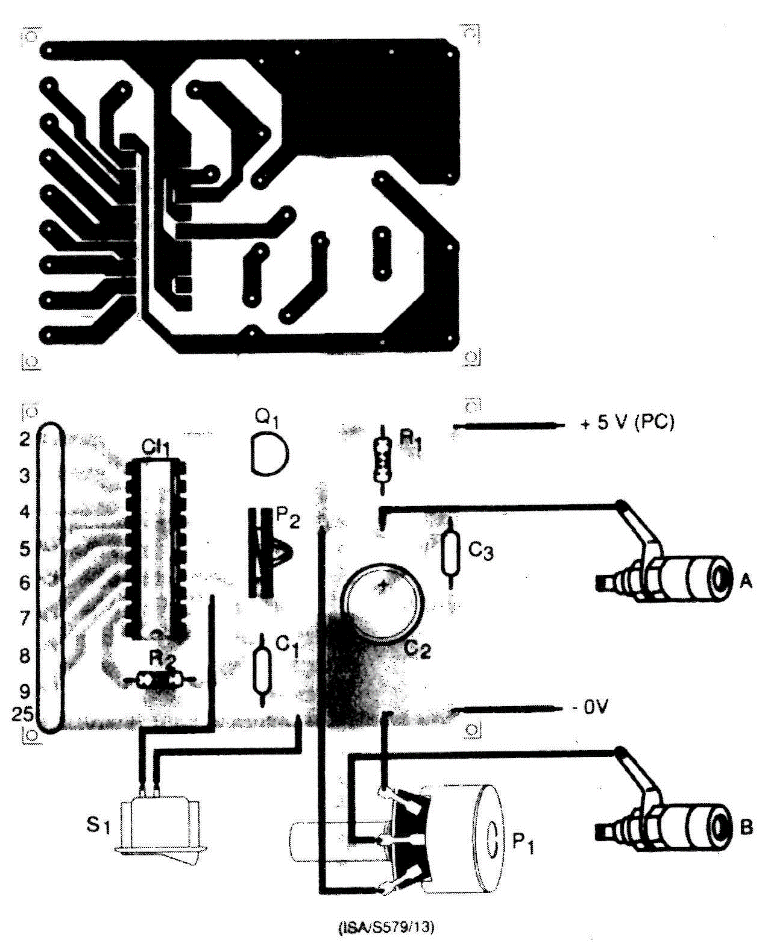The use of our circuits in initial experiments is important to show how para-normal phenomena can be detected or produced. It is up to the reader to continue with more advanced equipment or even upgrade the circuits shown here. Combining some of the circuits described herein, the reader can devise many experiments in addition to the ones suggested here.
A list of new experiments that combine our projects is given below. The reader is free to alter them or add new elements to these experiments. We call the reader's attention again to the fact that imagination is fundamental to discovering new things in the paranormal sciences (or in any other field of research). You can combine appropriate devices to perform the following experiments:
■ Sound and light can be used in biofeedback experiments, adding light effects such as the electronic candle.
■ Monitor effects in biofeedback and TM experiments by simultaneously using the electroscope, a magnetic field detector, and a light detector.
■ Use light and sound effects to induce trances and other mental states in your experiments. Combine the devices in various ways.
■ Use biofeedback devices in ESP experiments with random number generators.
■ Combine thermal detectors and skin resistance change detectors in experiments with sensitive subjects.
■ In EIP and EVP experiments, use such light effects as the candle and the stroborhythmic device to induce special conditions in an ambient.
■ Combine light effects (e.g., the candle and stroborhythmic device) with sound effects (ultrasonic generators and others) in experiments involving ghost detection and radiesthesia.
The Computer
The computer (PC) is a powerful tool for use in any field of research, and this includes paranormal sciences. Although we have included suggestions for the use of a PC in only a few cases herein, the paranormal researcher can incorporate its processing power in nearly all of the experiments described in this book. The computer is particularly powerful for processing large amounts of data collected during ESP trials, where statistics form the basis of all of the experiments.
A computer can also be used to pick up information directly from circuits or transducers. This can be accomplished with the aid of an analog-to-digital (A/D) converter. An A/D converter is a circuit that converts analog signals (e.g., voltage or resistance between two electrodes) into digital data that can be processed by a computer. This is illustrated in Fig. 1. The data are applied as 8 or 16 bit information, which provides a resolution of 256 or 64,000 steps or values.
A reader who is experienced with data acquisition software can program the PC to pick up the data from the input at regular intervals or at a predetermined time and convert them into graphics, show them in tabular form, or use them for complex calculations. Many programs are suitable for use with the data supplied by A/D converters that are plugged into the PC's parallel port.
Among the most suitable for this task are Delphi and Visual Basic (V/B), but an experienced reader can use programs written in other languages, including Java, Q-BASIC, and even Debug.
Figure 188 shows a simple circuit to convert analog data into digital data to be plugged to the input of a PC. This circuit can be mounted on a printed circuit board as shown in Fig. 1.

The numbers in the output correspond to the pins of the DB25 connector used to transfer the signals to the parallel I/O port of the PC. Note that the circuit must be powered from a regulated 5 V power supply.
It is possible that, in a second volume in this series, we will concoct more projects that include advanced applications of A/D converters for paranormal experiments.






